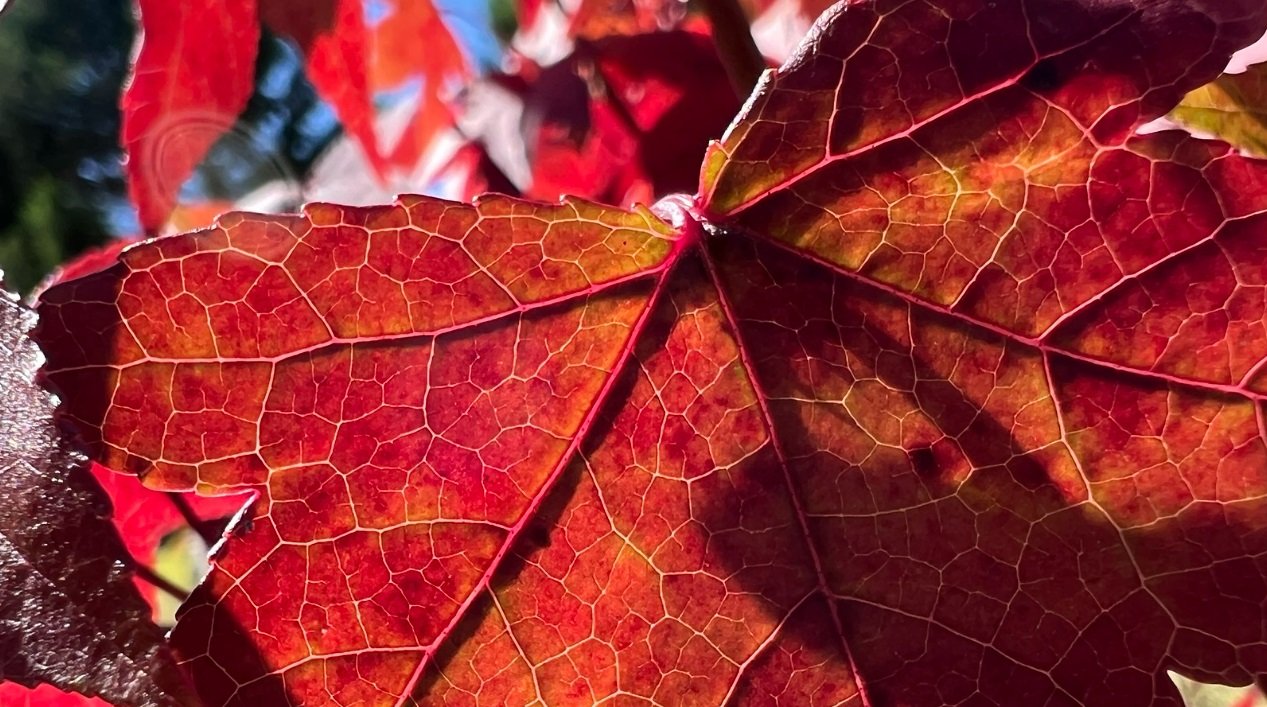LITTLE ROCK — Tom Barber has been named interim assistant vice president for agriculture and natural resources for the Cooperative Extension Service.
Barber, an extension weed scientist and director of the Jackson County Extension Center, will step into the role on Feb. 26. The position came open with the retirement of Vic Ford at the end of January. The extension service, the land-grant outreach arm of the University of Arkansas System Division of Agriculture, will conduct a nationwide search for a new assistant vice president.
Tom Barber will be interim assistant VP for agriculture and natural resources in the wake of Vic Ford's retirement. (U of A System Division of Agriculture file photo)
“I am excited to have Tom Barber joining the administrative team as interim agriculture and natural resources program leader,” said John Anderson, director of the Cooperative Extension Service. “Tom brings many years of experience as a highly effective and highly respected state extension specialist. He knows what it takes to develop and deliver quality, research-based, high-impact programs, and he is well-connected, not only to his research counterparts within the University of Arkansas System, but also around the country.
“I am grateful that he is willing to step into this temporary role to provide program stability and continuity as we make a thorough search for our next ANR program leader,” Anderson said.
Barber earned his bachelor’s and master’s in weed science at the University of Arkansas and his doctorate in weed science at Mississippi State University.
Barber joined the Division of Agriculture in 2007 as an extension cotton specialist and assistant professor. He moved to extension weed scientist in 2012 and in 2016, Barber was promoted to full professor, adding a research appointment from the Arkansas Agricultural Experiment Station to his duties.
“All of us in extension’s agriculture and natural resources appreciate the hard work Vic did on our behalf,” said Barber. “I’m committed to working with my colleagues to ensure the continuity of the programs and outreach that are part of our land-grant mission. I’m looking forward to being able to serve our stakeholders and will be glad to work on a smooth transition once we have our new assistant vice president.”
To learn about extension programs in Arkansas, contact your local Cooperative Extension Service agent or visit www.uaex.uada.edu. Follow us on X and Instagram at @AR_Extension. To learn more about Division of Agriculture research, visit the Arkansas Agricultural Experiment Station website: https://aaes.uada.edu. Follow on X at @ArkAgResearch. To learn more about the Division of Agriculture, visit https://uada.edu/. Follow us on X at @AgInArk.




